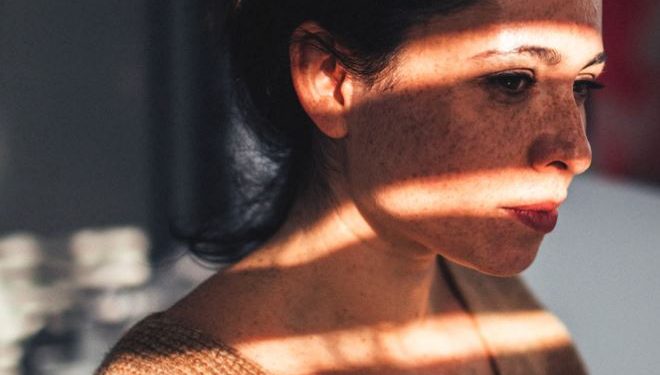Women are 40 per cent more likely to develop knee osteoarthritis and 10 per cent more likely to develop hip osteoarthritis than men. Moreover, 46 million women in India are affected by osteoporosis.
This also contributes to significant morbidity and mortality to postmenopausal women. This is because women have a lower peak bone mass, which is compounded by the hormonal changes that occur at the time of menopause. It is a silent disease until fractures occur, which causes important secondary health problems and even death, says Manish Sontakke, Senior Consultant Orthopedic Surgery, Hiranandani Hospital, Vashi-A Fortis network Hospital.
“Especially, in the current pandemic situation, most of us are home bound, so nutritional levels, vitamin balance and physical activity has all been hampered. Plus, women tend to ignore their health or keep the health of their family before their own. Hence, the chance of deteriorating bone health among them is higher than before.”
Menopause can trigger osteoarthritis and osteoporosis?
Sontakke says,”When a woman reaches menopause, her estrogen levels drop and this can lead to bone loss. For some women, this bone loss is rapid and severe.”
Two major factors that affect bone health among women
The amount of bone you have when you reach menopause. The greater your bone density to begin with, the lower your chance of developing any bone related problems. If you had low peak bone mass or other risk factors that caused you to lose bone, your chance of getting osteoporosis and/or osteoarthritis is higher.
How fast can you lose bone after you reach menopause?
The expert answers: “For some women, bone loss happens faster than for others. In fact, a woman can lose up to 20 per cent of her bone density during the five-seven years following menopause. If you lose bone quickly, you have a greater chance of developing these ailments.”
Osteoporosis can affect younger women too
While Osteoporosis is most common in older women, it sometimes affects young women in their 20s, 30s and 40s having pre-menopausal conditions. The term “premenopausal” refers to women who are still having regular menstrual periods, and have not yet reached menopause. While it is uncommon for pre-menopausal women to have osteoporosis, some young women have low bone density which increases their chance of getting Osteoporosis later in life, he says.
“People usually think that osteoporosis and osteoarthritis are an inevitable part of aging. However, you are never too young or old to take care of your bones. Today, we know a lot more about how to prevent, detect, and treat the disease. Good lifestyle habits can help you protect your bones and decrease your chance of getting osteoporosis and osteoarthritis.”
The recipe for bone health is simple
*Get enough calcium and Vitamin D
*Eat a well-balanced diet
*Exercise regularly
*Get your bone density test done at least once in two years
*Don’t smoke or drink
All women over the age of 45 years should have a bone density test done. Always remember that screening is an important prevention strategy to prevent bone loss and keep your bones strong. It will lead to early intervention and result in a better quality of life. The frequency for a bone density test depends on a number of factors such as your age, your bone density results and whether you are taking any osteoporosis or arthritis treatment.
If your healthcare provider hasn’t spoken to you about your bone health, it’s time for you to bring it up! Especially, if you have elderly women in the family, who are now confined to their homes due to the present lockdown and pandemic situation, screening for bone health becomes crucial.
IANSlife






































